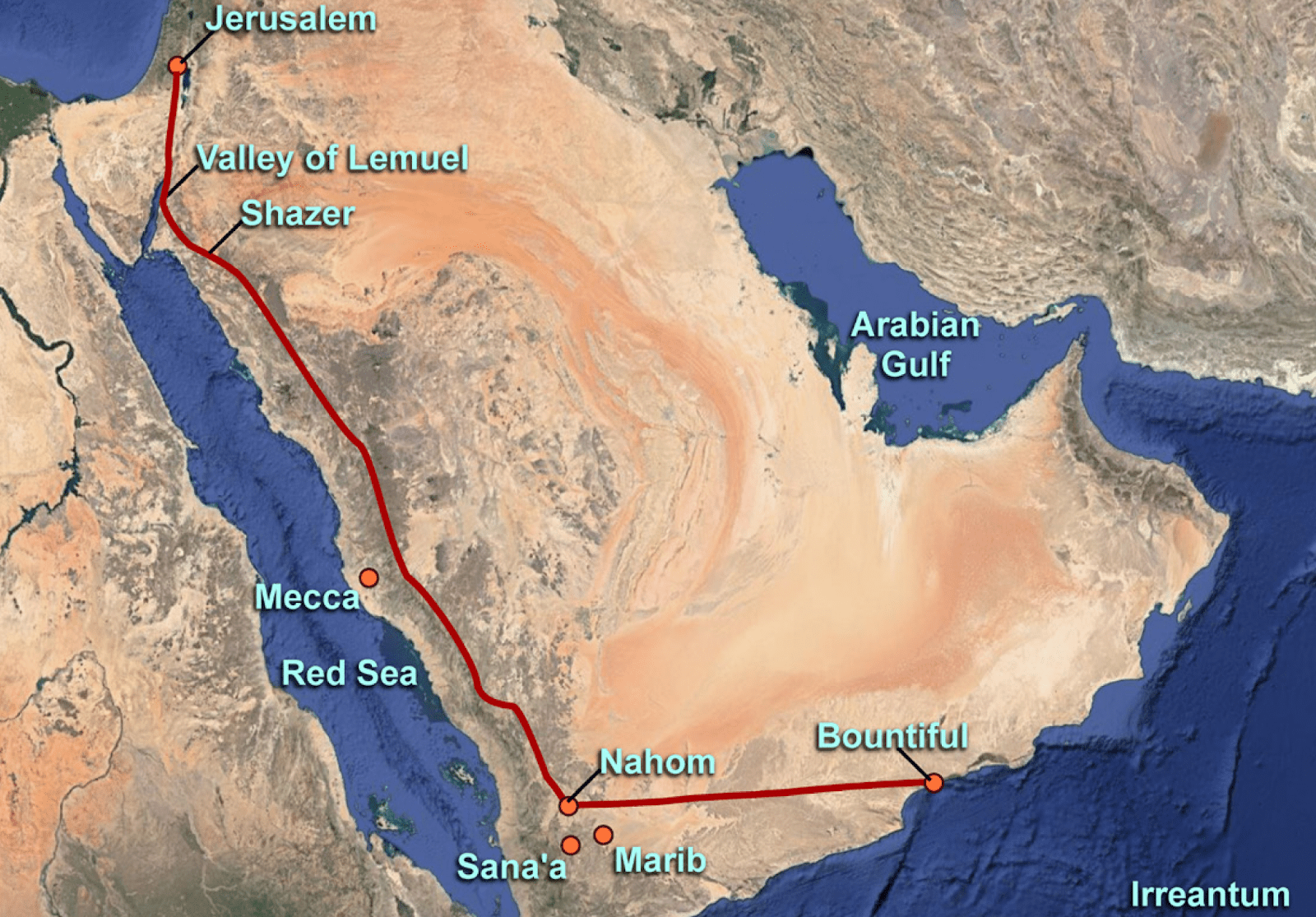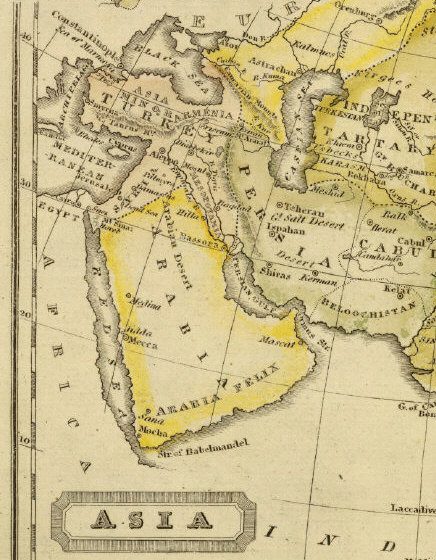Brant Gardner has an excellent essay on Helaman chapter 3 and the issue of cement manufacture that addresses a particular problem with the famous passage at Helaman 3:6,7 referring to cement. While there is abundant archaeological support for the Book of Mormon’s claim that cement was used in the construction of buildings north of the narrow neck of land, some people have wondered about the issue of timber in Helaman 3. The key to making cement is the conversion of calcium carbonate to calcium oxide (lime) in a process called calcination. It requires fire, and the ancient producers of cement in Mexico needed a lot of flammable material to sustain the cement industry. I have previously argued that a region can lack high quality timber because of previous deforestation, yet still have all sorts of other flammable materials for creating adequate fires for lime production, but Brant Gardner’s essay provides a different perspective. Based on the conclusions of modern scholars, he notes that the popularity of cement in this region–probably in the area of Teotihuacan–was probably a key factor for the deforestation that later occurred. He also suggests that Mormon’s description in Helaman 3 of the land north was probably based on hat Mormon knew of that region in his day, several centuries after Nephites went to the region. It was probably not so heavily deforested at the time when cement production began. Here is a excerpt from Gardner:
The essential elements [in Helaman 3:3-7] that allow us to make a tentative identification of this area are:
Northward
Many waters
Desolate of trees
Buildings of cement
From perhaps 100 BC to 600 AD there is one area in Mesoamerica that fits all of these descriptions, and that it Teotihuacan. It is north of the Nephite (and Jaredite) lands. It is near the lake that used to occupy the current site of Mexico City. The lack of trees and the environmental imbalance created by denuding the land of trees is hypothesized as a major factor in creating the downfall of Teotihuacan. One of the reasons for the lack of trees was the creation of the cement with which their buildings were built (George C. Vaillant. Aztecs of Mexico. Penguin Books, 1966, pp. 78-9O). There is only one area in Mesoamerica that fits this description well, and that is Teotihuacan.
Historical/ Historiographical: In spite of the accuracy of this description of Teotihuacan, there is nevertheless a major problem with the fit. That problem is one of timing. The particular condition of the area being devoid of trees does not describe the Teotihuacan of 49 BC, but rather the Teotihuacan of 350AD and later.
What we have in this case is Mormon describing the Teotihuacan that he knows in his own time, and assuming that it was the same at the time of this part of his history. When Mormon describes this people who leave, he is describing a group of people who do not return, and of whom Mormon would have no record. Mormon therefore has no historical document before him that would accurately describe the land northward to which these people emigrated. Nevertheless Mormon describes that land in great detail.
If Mormon has no historical record to tell him where the people went, and has no historical record to tell him what that land was like, how does he describe it so thoroughly? It is Mormon who makes the association between this group of people and the city of Teotihuacan for his own purposes. He describes that city and land from the perspective of his own time, because that it what he knows. . . .
[In Hel. 3:5,] Mormon gives us this quick statement that the people went into areas that “had not been rendered desolate and without timber.” On the surface, this would appear to be a very unusual statement for the Mesoamerican area in which we are placing the Book of Mormon. This is a land of heavy forestation. Where would they have gone that even might have been “desolate and without timber?” The answer lies in the population explosion and the effects of population on the land. This land has had over a thousand years to recover, and it is only recently that scientists are beginning to discover that this land of jungle had been stripped of trees as a result of the high density of certain Mesoamerican populations and their lifestyle. One of the earlier cities to suffer extinction was the great metropolis of El Mirador:
“But in the second and third centuries AD disruptions and catastrophe hit the Maya world. About AD 150, El Mirador seems to have collapsed quite suddenly. Until very recently, it was a mystery why this had occurred. Archaeologists had found signs of violence in the city centre. Many monuments and most of the stelae recovered here were found smashed. Were they invaded by their enemies? Yet the signs of abandonment were almost total and it seemed extraordinary that such a great power should fold so completely. Today the findings of climatologists and soil scientists are suggesting environmental reasons for El Mirador’s demise.- For the tens of thousands of people congregated in the area would very quickly have destroyed the forest cover for miles around.
“They cut down trees to cook, to fire pottery and above all to burn the lime to produce ton after ton of lime plaster for endless construction projects and repairs to buildings and reservoirs. As they did this, the climate began to change. After about AD 100 it became drier across this part of the lowlands, a cyclical phenomenon which was to last for about four hundred years. This increased aridity may well have been enhanced locally by the scale of deforestation. And when it did rain, the water ran soil and sediment from the denuded landscape into the once-fertile swamps. In due course they dried up.” (David Drew. The Lost Chronicles of the Maya Kings. University of California Press, 1999, p. 145-6).
This same fate awaited the great city of Tikal. It is hard to imagine today when most of the world’s image of Tikal comes from the first Star Wars movie where Tikal’s temples rising from a dense jungle was the picture used for the “rebel base” at the end of that movie. In the Late Classic, someone standing on one of those same temples would have seen virtually no trees for as far as vision could perceive. Pollen samples and lake-bed cores indicate a very high degree of deforestation at that time — not coincidentally not long before the collapse of the once powerful city. (David Drew, 1999, p. 345).
Not surprisingly, it is this same deforestation that is suggested as one of the major causes of the downfall of Teotihuacan, which was beginning during Mormon’s lifetime. What we see from Mormon is an accurate depiction of the world around him, but imputed to an earlier time.
Fascinating! Thanks, Brother Gardner.
Remember, when critics say that not a shred of concrete archaeological evidence has been found in support of the Book of Mormon, they are expressing a testimony based on their feelings and blind faith, not facts. Cement manufacture and deforestation in a region that agrees with Book of Mormon geology is an interesting issue, one that was unknown to Joseph Smith. This does not prove the Book of Mormon to be true, but does disprove the claim that their is no archaeological evidence that supports anything found in the Book of Mormon.












Great post Jeff.
I find such evidence from Mesoamerica to be compelling evidences for the authenticity of the Book of Mormon. It is a true pity that there are many barriers to understanding Mesoamerican civilisations as opposed to that in the lands of the Bible (e.g. dis-continunity of placenames, the fact that destroyed civilisations had all their writings destroyed and their cities were built over by their conquerors, etc).
Notwithstanding, the Book of Mormon does indeed have empirical evidences rom the New World in ways that Joseph Smith _could not_ have expected if he was indeed a religious charlatan as so many critics claim. Add to the evidence from MEsoamerica (cement technology, volcanism, temples, etc) and the Old World Evidences such as Arabia (critics, honestly, how many _works of fiction_ have had the luck to have scholars discover placenames unique to the supposadly “fictional” text?), the Dead Sea Scrolls, Mulek) and many other factors the most logical conclusion is that Joseph Smith did not fabricate the Book of Mormon.
Such analyses as you have presented by quoting Gardner further strenghtens this conclusion. As I said in my e-mail I sent to you, I have been studying anti-Mormonism for 3 years. Thus far, _none_ have _ever_ attempted to attack the evidence from Mesoamerica. It is probably for same reason why they remain silent on the Arabian Peninsula 😉
I await, in faith and intellectual knowledge, for even more compelling evidences to surface.
Keep up the good work Jeff.